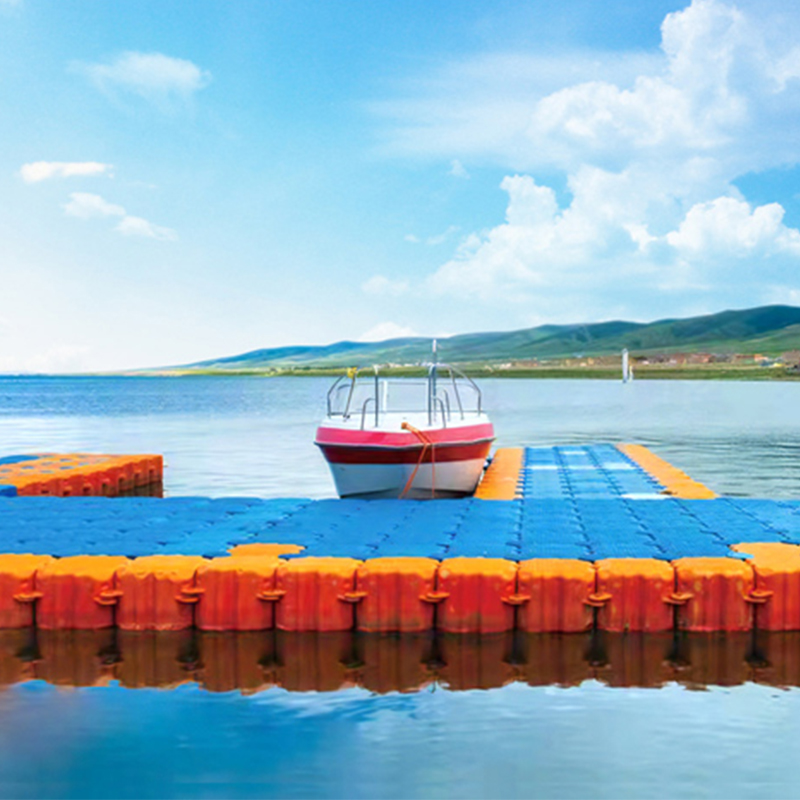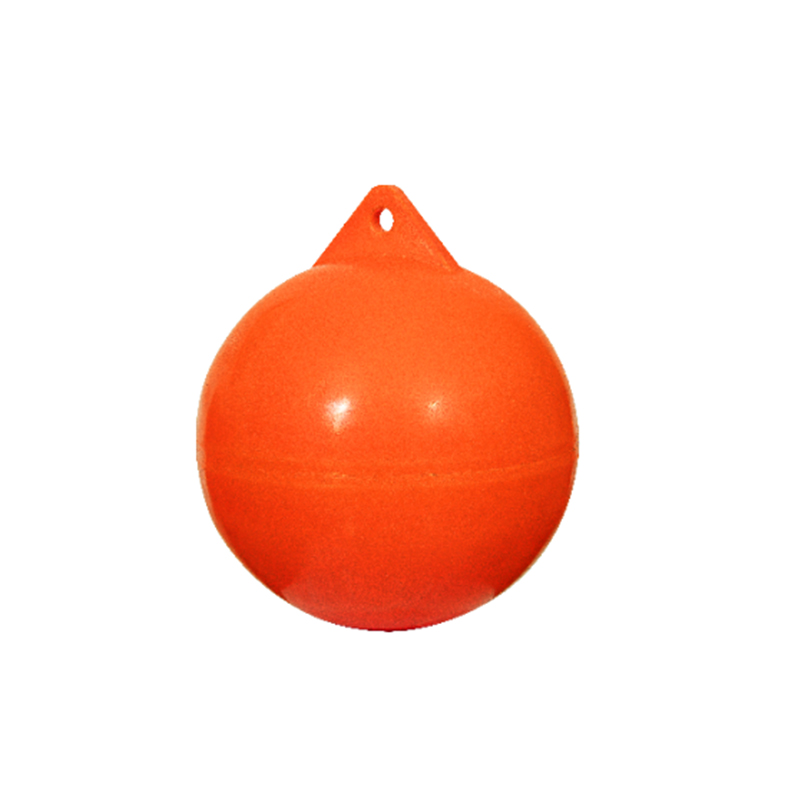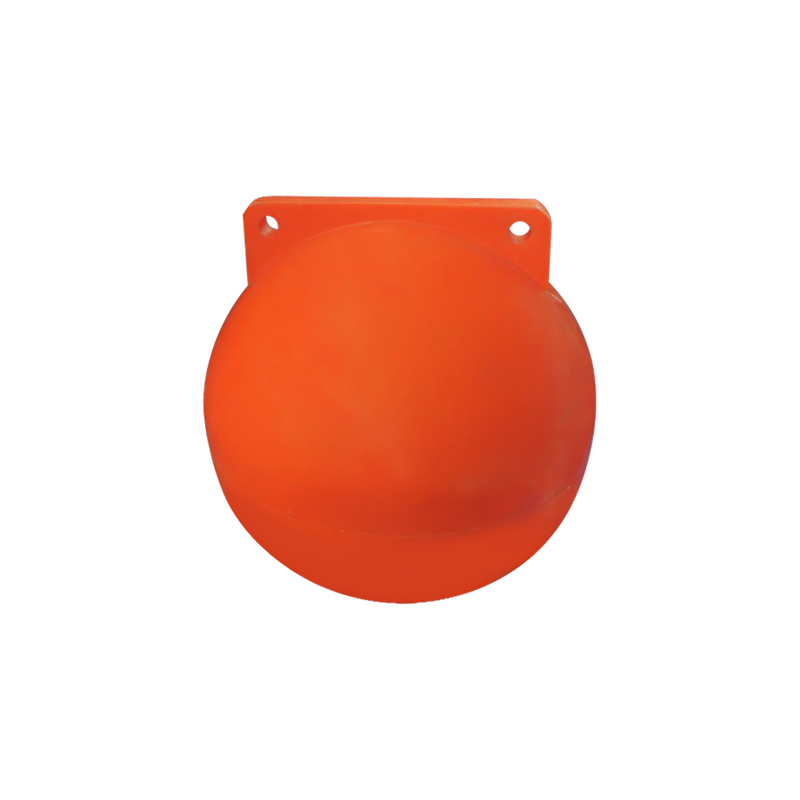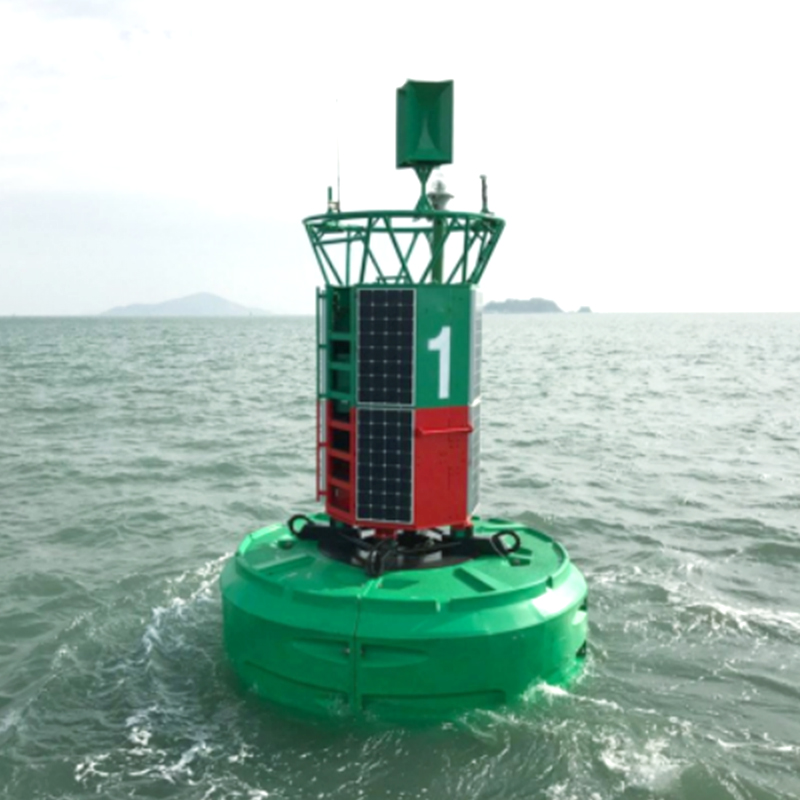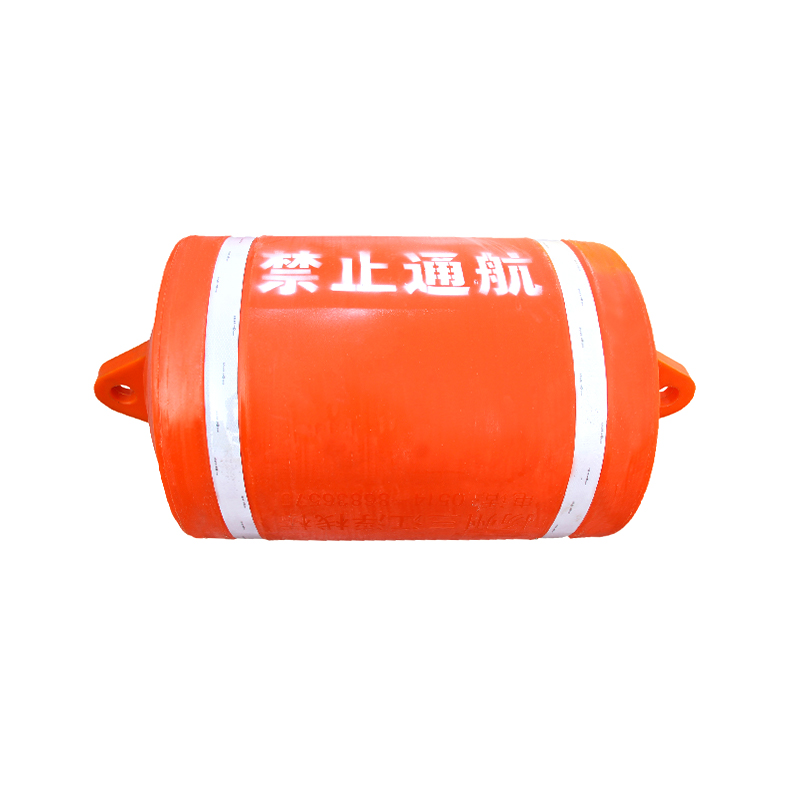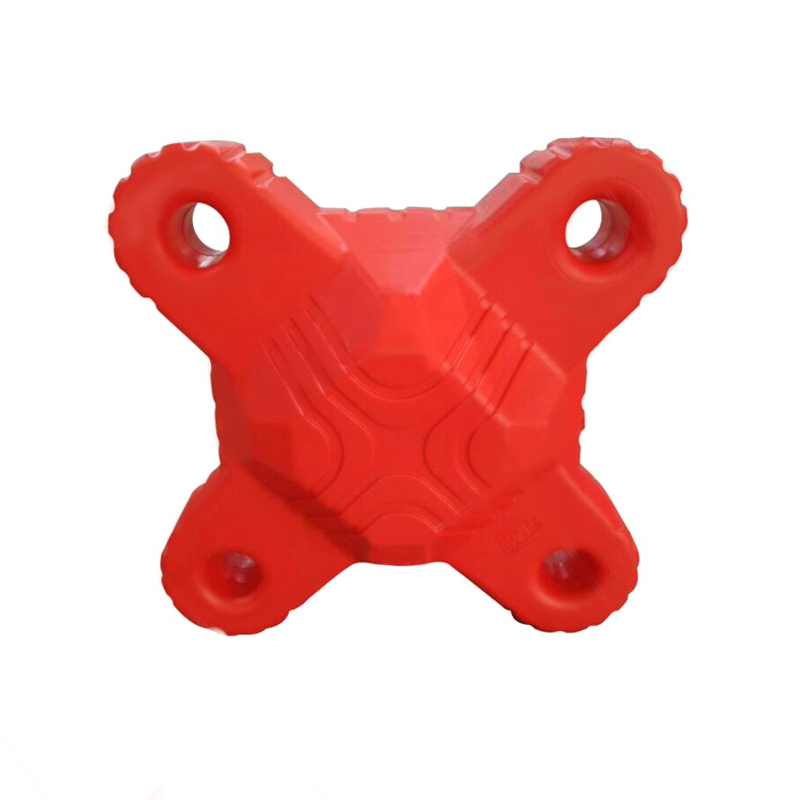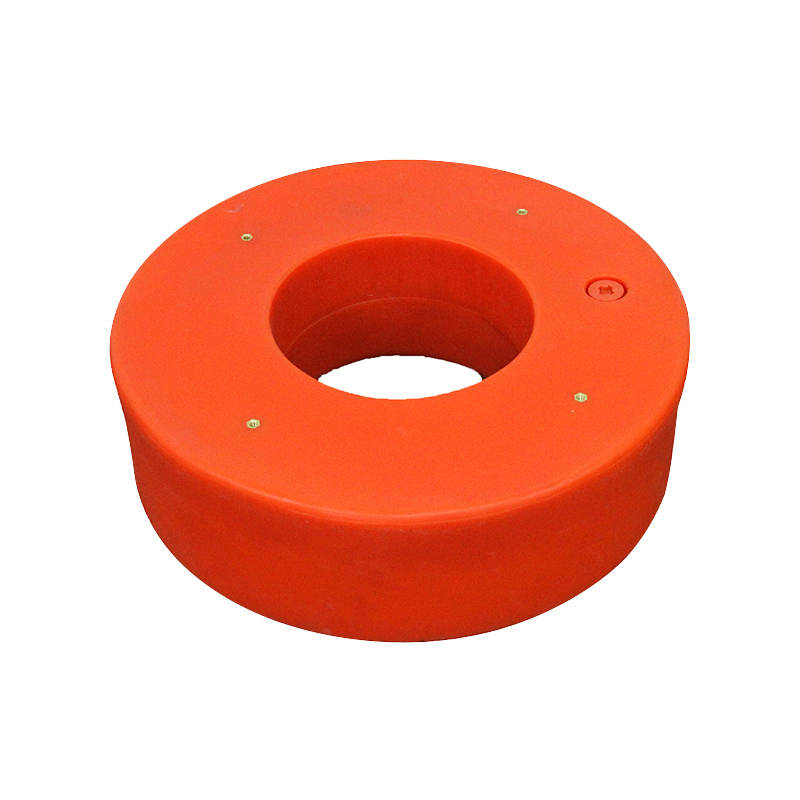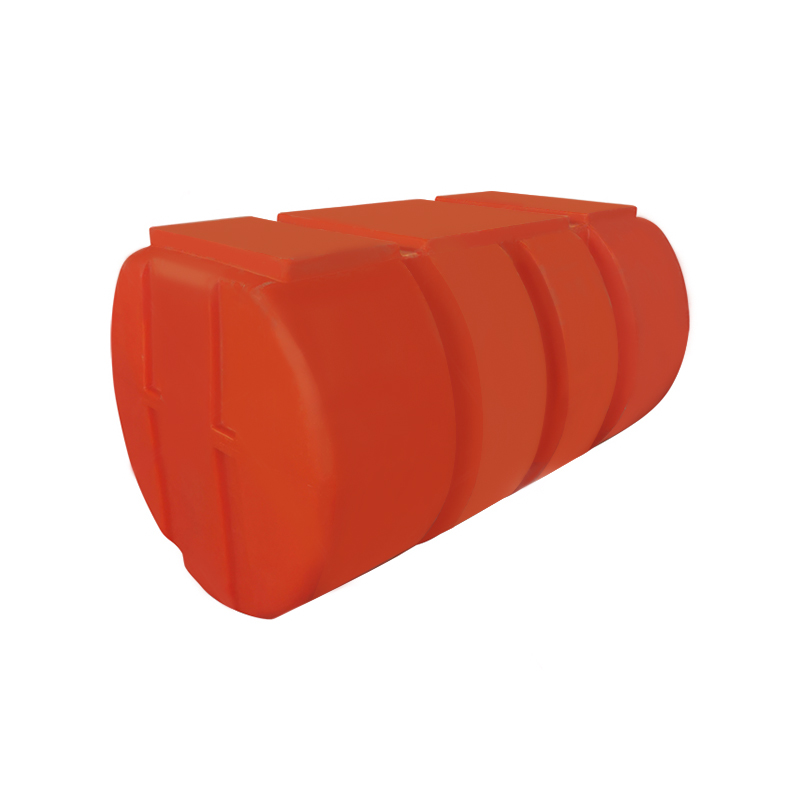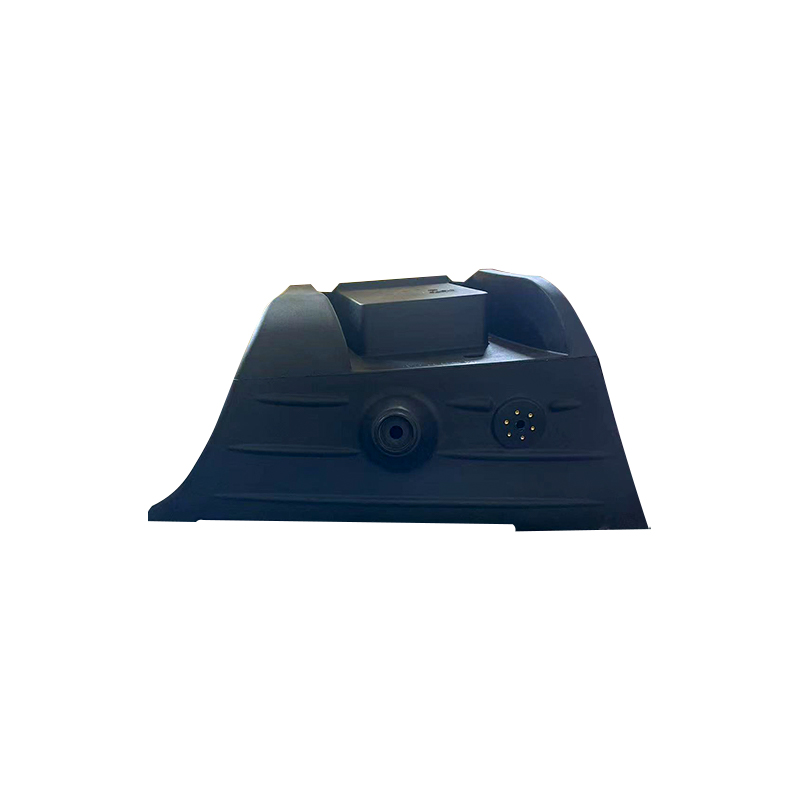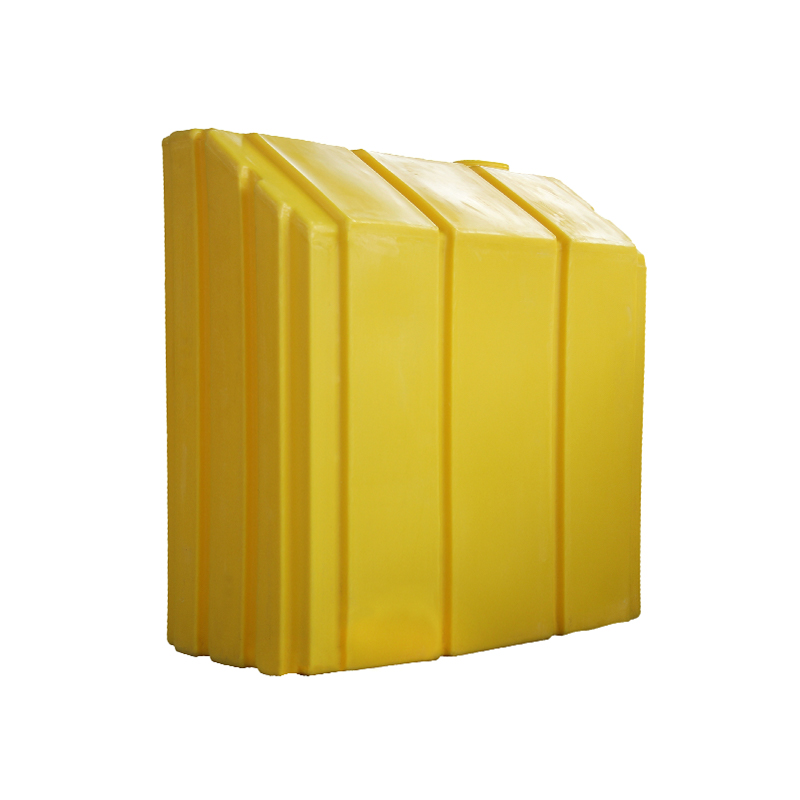Understanding the Principles of Water Floating Bodies: Buoyancy and Stability Explained
1. Buoyancy Principle
Buoyancy is the upward force exerted on an object in a liquid. The magnitude of this force is determined by the weight of the liquid displaced by the object. This principle, discovered by the ancient Greek scholar Archimedes and known as the Archimedes' Principle, states:
Any object immersed in a liquid experiences an upward buoyant force equal to the weight of the liquid displaced by the object.
The effect of buoyancy:
When a Water Floating Body object is immersed in water, the water exerts an upward force on the object, causing it to float. When the buoyancy of the object in the water is equal to its weight, the object will remain on the surface.
The relationship between the density of the floating object and the density of the water determines whether the object can float. If the density of the object is greater than that of the water, the buoyancy is insufficient to support the object's weight, and the object will sink. Conversely, if the density of the object is less than that of the water, the buoyancy is sufficient to support the object, and the object will float.
The relationship between buoyancy and the volume of an object:
The larger the volume of an object, the more water it displaces, and thus the greater its buoyancy. For example, a large ship, even though very heavy, can float because its volume displaces a sufficient amount of water.

Relationship between buoyancy and liquid density:
The density of water is typically 1000 kg/m³. Salt water or seawater has a higher density, which means that objects in salt water are more likely to float. Denser liquids provide greater buoyancy.
2. Stability
The stability of a floating object refers to its ability to maintain balance on the water surface. Unlike stationary objects, floating objects must also cope with external disturbances such as waves and wind.
Initial Stability:
Center of Gravity: An object's center of gravity is the point where all the forces of gravity converge. The stability of a floating object is closely related to the location of its center of gravity.
Center of Buoyancy: The center of buoyancy is the point where the water exerts its buoyant force on the floating object. When a floating object is immersed in water, the buoyancy of the water is evenly distributed, and the center of buoyancy is the center of gravity at which the water exerts its buoyant force on the floating object.
Relationship between the center of gravity and the center of buoyancy: To ensure the stability of a floating object, the center of buoyancy should be directly below the center of gravity. When a floating object tilts, a torque is generated between its center of buoyancy and center of gravity, causing it to return to its original equilibrium state.
Stability After Tilt:
When a floating object tilts, buoyancy and gravity still act on it. Due to the different positions of the center of buoyancy and center of gravity, a restoring torque is generated, causing the object to return to its horizontal position.
Restoring Torque: If the center of buoyancy is higher than the center of gravity, the tilt angle increases. If the center of buoyancy is lower than the center of gravity, the restoring torque pulls the object back to its equilibrium position.
Dynamic Stability:
For dynamic floating objects such as ships and floating platforms, external disturbances (such as waves and wind) can cause the object to tilt dynamically. In this case, the restoring torque and water resistance jointly affect the object's stability.
The Impact of Waves on Stability: Wave height, period, and direction all affect the dynamic stability of a floating object. Floating platform designs typically consider these factors to ensure stability in various sea conditions.
3. Factors Affecting Floating Object Stability
The stability of a floating object is not only governed by the laws of physics but also influenced by multiple factors:
The Effect of Shape:
The geometric shape of a floating object directly affects water flow and the distribution of buoyancy. For example, a long, pointed hull is prone to rolling, while a wide floating object is more likely to maintain balance.
Streamlined Design: For high-speed floating objects (such as ships and submersibles), streamlined design helps reduce water resistance, improving stability and efficiency.
Material Density:
The material density of a floating object is crucial to its buoyancy. Lightweight materials (such as wood, plastic, and aluminum alloys) have lower densities and are more buoyant.
If the density of a material is greater than that of water (such as iron or steel), the object will sink even if it is large. Therefore, hollow structures or lightweight materials are often used in floating object designs to ensure buoyancy.
Water Density:
Water density is affected by temperature, salinity, and pressure. For example, the density of seawater (approximately 1025 kg/m³) is higher than that of freshwater (approximately 1000 kg/m³). Therefore, designs for floating structures in the ocean generally require greater attention to buoyancy and stability than designs for freshwater.
Temperature: Warm water has a lower density than cold water, so floating structures in warm waters have less buoyancy.
4. Design and Application of Floating Structures
When designing a floating structure, it is necessary to balance buoyancy, stability, and practical application requirements. Different applications require different floating structures.
Ship and Floating Platforms:
Ship Design: Hull design must consider not only buoyancy and stability, but also factors such as maneuverability and speed. The ship's center of gravity should be kept low to prevent capsizing. Hull designs typically include multiple watertight compartments to increase buoyancy and capsize resistance.
Floating platforms, such as floating wind turbines and floating solar power plants, must be designed to ensure that the platform can withstand dynamic loads (wind, waves, etc.) and have sufficient wind and wave resistance. Floating Structures and Ecological Development:
Floating Wind Power: With the rise of offshore wind power, floating wind platforms have become a hot area. Due to water depth limitations, many wind turbines need to float on the surface. These platforms must be designed to maintain stability over time under the influence of waves and wind.
Floating Solar Energy: Floating solar panel systems are typically deployed on the surface of lakes, rivers, or oceans, utilizing the cooling effect of water to improve cell efficiency. Such designs require that the floating system can withstand the influence of natural factors such as waves and strong winds.
5. Application Examples
Offshore platforms: Such as offshore oil drilling platforms require special attention in their design for stability in strong winds and waves. Floating platforms must be able to maintain balance in varying sea conditions.
Floating Bridges and Platforms: Floating bridges are structures designed to connect different areas on water, often used for emergency rescue and short-term transportation. They must ensure stability under tidal fluctuations and wave impacts.
Water Sports Equipment: Such equipment as sailboats and wakeboards must be designed not only for buoyancy but also for streamlined movement and stability. Sails, center of gravity configuration, and control systems are also key factors affecting the stability of a floating structure.
6. Experimentation and Simulation
Physical Experimentation: Experiments measuring the performance of a floating structure under various water conditions provide real-world data for design. These experiments are typically conducted in a tank or simulated ocean environment to test buoyancy, stability, and seakeeping capabilities.
Computational Fluid Dynamics (CFD):
CFD simulations simulate the buoyancy, drag, and wave forces acting on a floating structure in water. Using numerical methods, CFD simulations can analyze and predict the behavior of a floating structure in complex water conditions.
These simulations help engineers identify potential design flaws in advance and optimize the shape and structure of the floating structure to improve overall stability and safety.


 English
English عربى
عربى

